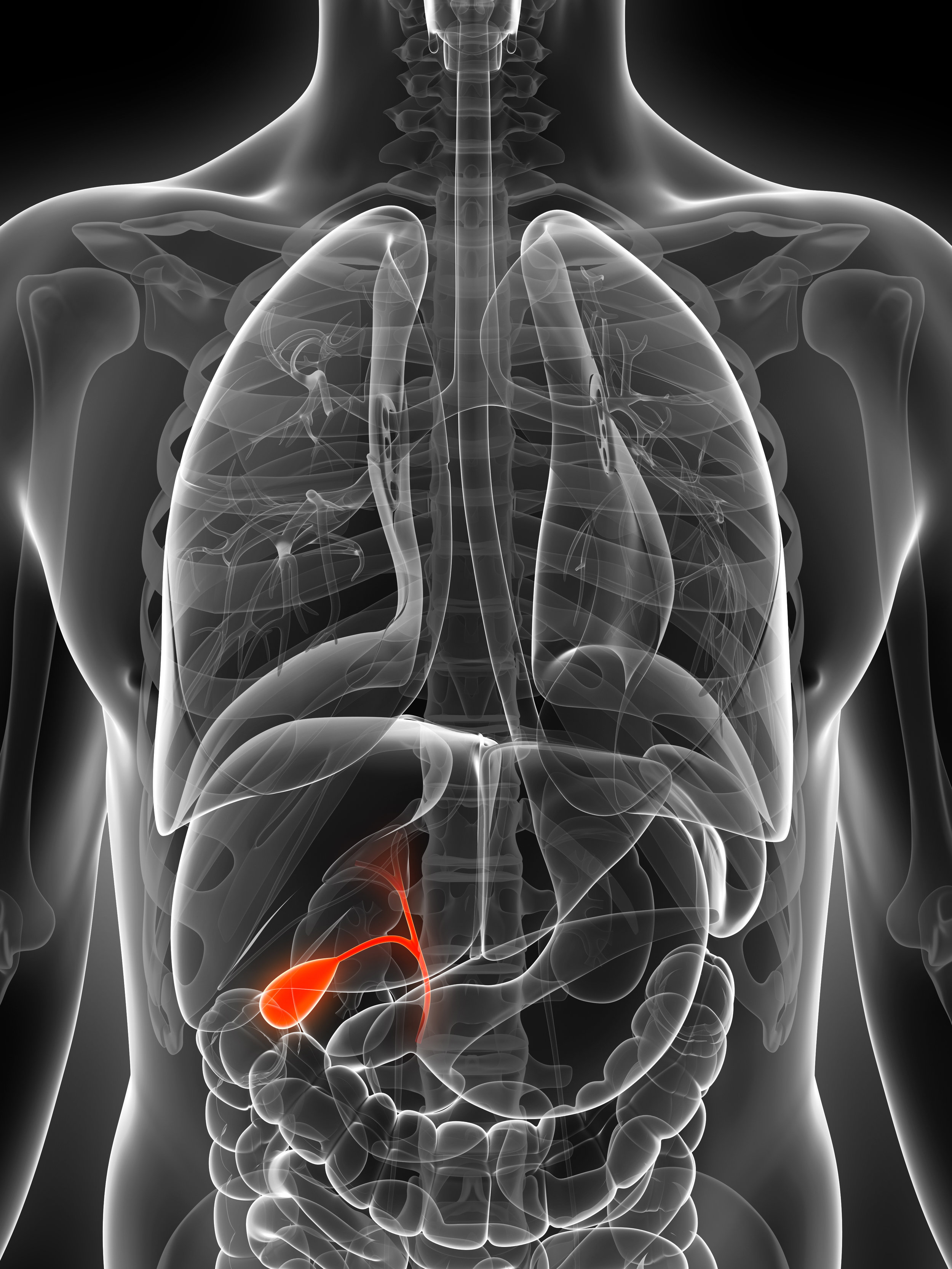The gallbladder plays an important role in the digestive system, but many people don’t quite understand what this organ does or what causes gallstones. Here’s what you need to know about the gallbladder’s purpose, gallbladder disease, and gallstones.
The Purpose of the Gallbladder
Your gallbladder is located underneath your liver and connects to the common bile duct. When your liver produces bile, the liquid is stored in the gallbladder until it’s needed. After you eat, the gallbladder then releases its content into the bile duct, which transports the bile into the small intestine to help with digestion.
While the gallbladder plays a key role in proper digestion, you can live without this organ. If you have your gallbladder removed, bile will flow directly from your liver into your intestine. Side effects of this surgery include temporary diarrhea, but your body will adjust over time and resume digestion as usual.
What Are Gallstones?
The New York Times estimates 25 million Americans have gallstones each year, but only 1–3 percent of those people experience symptoms. Gallstones are just hardened digestive fluids—they can be tiny or grow to be more than an inch in diameter.
There’s a good chance you’ll never know that you have gallstones. The painful symptoms only come into play when one becomes lodged in the bile duct. This causes sudden, intense pain that may last for a few minutes or several hours.
Gallbladder Diseases
There are several conditions that are referred to “gallbladder disease,” including gallstones. It’s also possible to have an inflamed gallbladder or gallbladder cancer. These conditions commonly result in gallbladder removal, a surgery that’s called a cholecystectomy and often performed laparoscopically.
If you think you might have gallstones or have questions about your gallbladder, contact a gastroenterologist near you.


